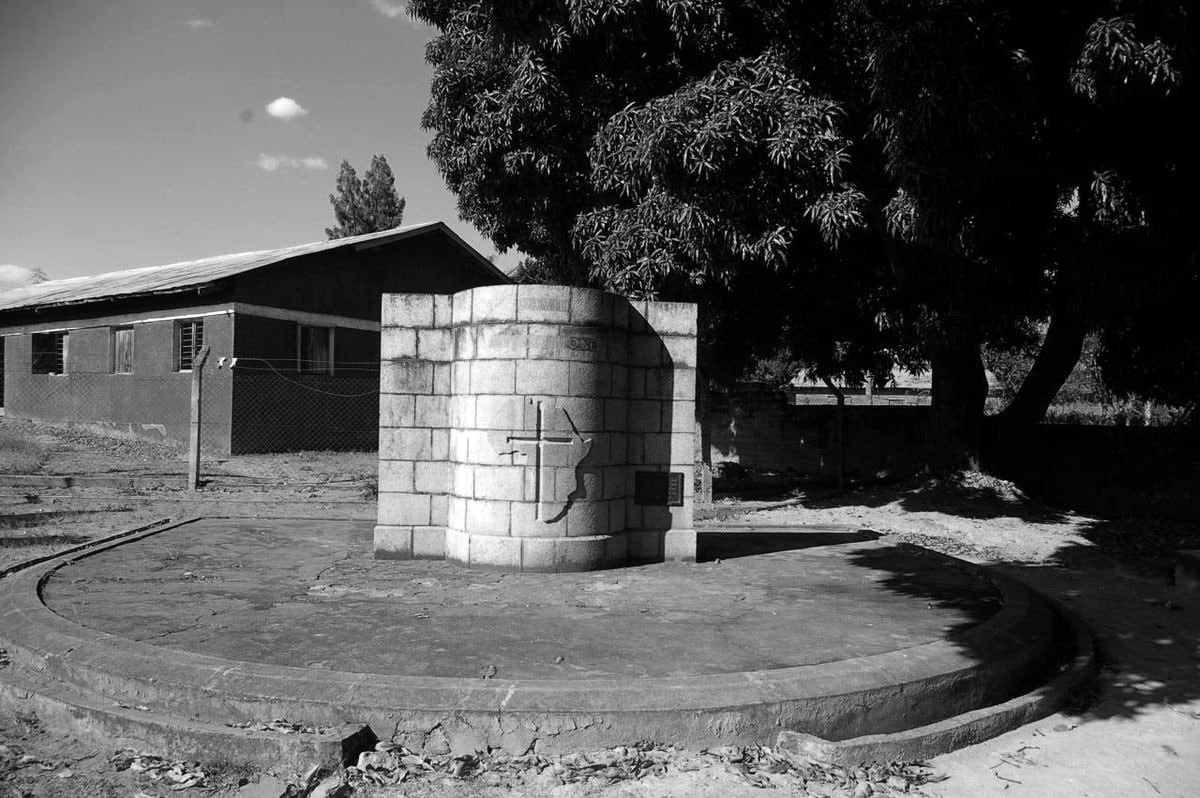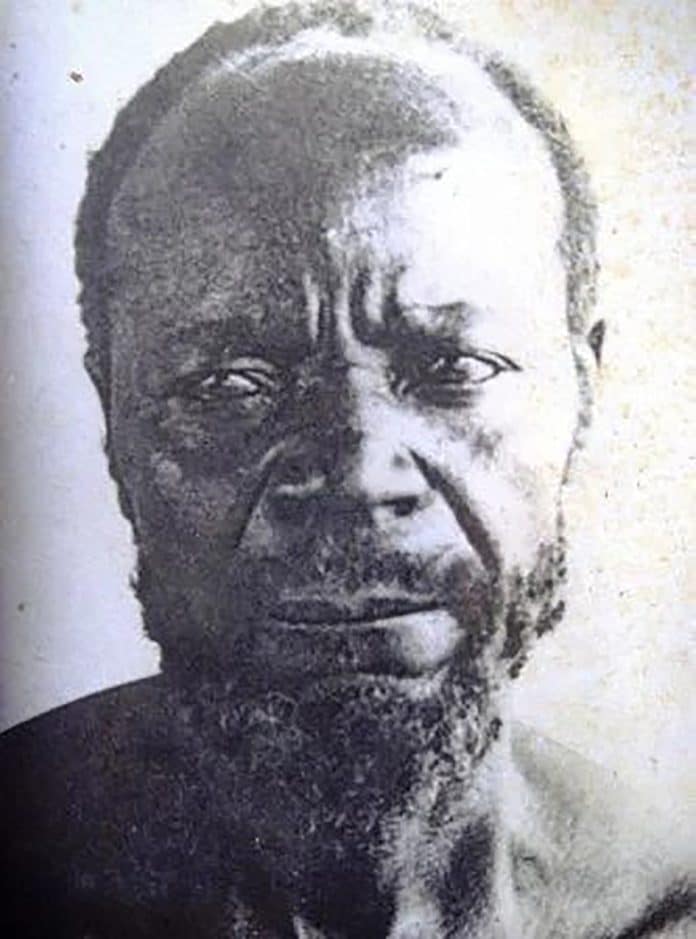Chief Mirambo – Early Life, Leadership, Territory Expansion and More
Today, we will be talking to you about a man by the name of Mirambo, he was an explorer and was first referred to as a bandit by Henry Morton Stanley. Later he became known as the African Napoleon because of his military skills. So who exactly was Mirambo?
Mirambo, born Mbula Mtelya is the man who reformed 19th century Tanzania and made it difficult for the Germans to conquer the territory. He unified many Nyamwezi tribes and managed to control the Swahili-Arab routes of trade. He was the leader of the Nyamwezi people 200,000 km2 east of Lake Tanganyika and south of Lake Nyanza (Lake Victoria), and. He was not a criminal king as the Arab merchants persuaded Stanley to believe in 1871, but his contact with the various Ntemi families was somewhat obscure as most historians mixed genealogies and generations, different from the matriarchal system. In 1858, Mirambo succeeded in inheriting the Uyowa dynasty from his father, Kasanda, who was a famous warrior; and was only 18 years old at the time. In 1860, he made allies with two chiefdoms situated about 100 km to the west of Tabora, in the Unyanyembe kingdom. He learned the Ngoni language (the Ngoni people traced their roots to the Zulu people in KwaZulu-Natal), and also learned their military tactics. He later conquered the neighboring Ulyankuru region in 1860.

He then relocated to his capital Iseramagazi where he built Boma, a fortified settlement with brick walls, retrenchments and spurge flower hedges. He was a descendant of Mshimba (the lion) from his father and mother, the last ruler of the mythical empire of Usagali, and Mirambo was in essence restoring the old empire. So in 1860, he built a new Nyamwezi empire, Urambo, from his self given name, ‘corpses’ in kinyamwezi, Mirambo. From 1860 to 1870, he consolidated his authority on the shores of the Gombe River, that is, on the road to Ujiji, thus threatening to block Arab trade in the region. In 1871, he conquered the Arab traders at Tabora. Barghash bin Said who was the Sultan of Zanzibar, reacted by sending 3,000 troops (1000 Balutchi and 2000 Swahili). The Mirambo opposition was one of the most vicious: Nyamwezi’s armies even melted their copper bangles to forge bullets for their guns. An agreement was reached to keep trade active with the coast: caravans were allowed to pass after paying taxes (hongo) to Mirambo.
Every year, in the dry season, Mirambo would send his ruga-ruga on all sides to further expand his territory. From 1876 to 1878, the territory was extended northward, as far as the southern shore of Lake Victoria. From 1879 to 1881, it extended westward to Uvinza, to control Lake Tanganyika. King Ruhaga’s Pilgrims fell under the reign of Nyamwezi, and King Ntare’s Ruguru had to seek refuge from Mirambo and allowed for the establishment of a ruga-ruga post on the eastern boundary of his empire. In 1879, there was also a growing expansion towards Burundi. His coalition with the Ngoni collapsed in the early 1880’s. He was despised by the Arabs who used to rule the trade in the region, and other neighboring kings were terrified by him, and the Europeans who saw him as a powerful enemy. After 1881, the Arabs were able to persuade the International African Association (AIA – Association Internationale Africaine), a European authority created under the rule of King Leopold II’s plan to ban weapons and ammunition from Mirambo. The aim of the AIA was to open the door to civilization in central Africa. At first, Mirambo’s army managed to invade Burundi by surprise using a war between the local chief and his brother. His army was however defeated by Burundi warriors (helped by Ngoni warriors) in 1884. After his Burundi defeat and his defeat again against the Arab alliance and the Ntemi people of Bukune, Mirambo’s forces were led by Mpandashalo as he was very ill. Mirambo died that year on 2 December 1884.
Mirambo was a powerful and zealous leader. He increased his power and authority over a number of Nyamwezi chiefs. One of his challenges was to establish a political system that would allow him secure his authority, and still continue expanding his territory. Thus, he made sure that he did not change the structure of the Nyamwezi community. When he was in power, he used to choose a successor from the same family, as long as the new chiefs promised to be loyal to him, they would be allowed to do their political work without interference. Defeated chiefs were to provide military assistance at all times. His greatest power was in the military. He used the element of surprise as a strategy. His capital was both a center for trade and for the armed forces. He owned two settlements: Sermagazi since 1879, and Iconongo since 1881.
Mirambo was surprisingly a simple man, very focused on his own customs and traditions, but also inquisitive about the world. He was an orderly and progressive man, who would dictate prices for goods in major markets, and who controlled the consumption of alcohol in his empires (he thought alcohol had made societies weak – like the Gungunyane), and he reflected on the perversion of Africa in the 19th century. He was reminiscent of the glorious ancient African capitals and empires. In fact, Mirambo had 4 faces: a traditional king, a heroic leader, a state builder, and a modernizer.
Legacy
Apart from the culture and examples Mirambo left to the people of Tanzania, some of the infrastructure systems have been named after him. An example of that is the Mirambo street Dar es salaam.
For more articles about Tanganyika click here!

































